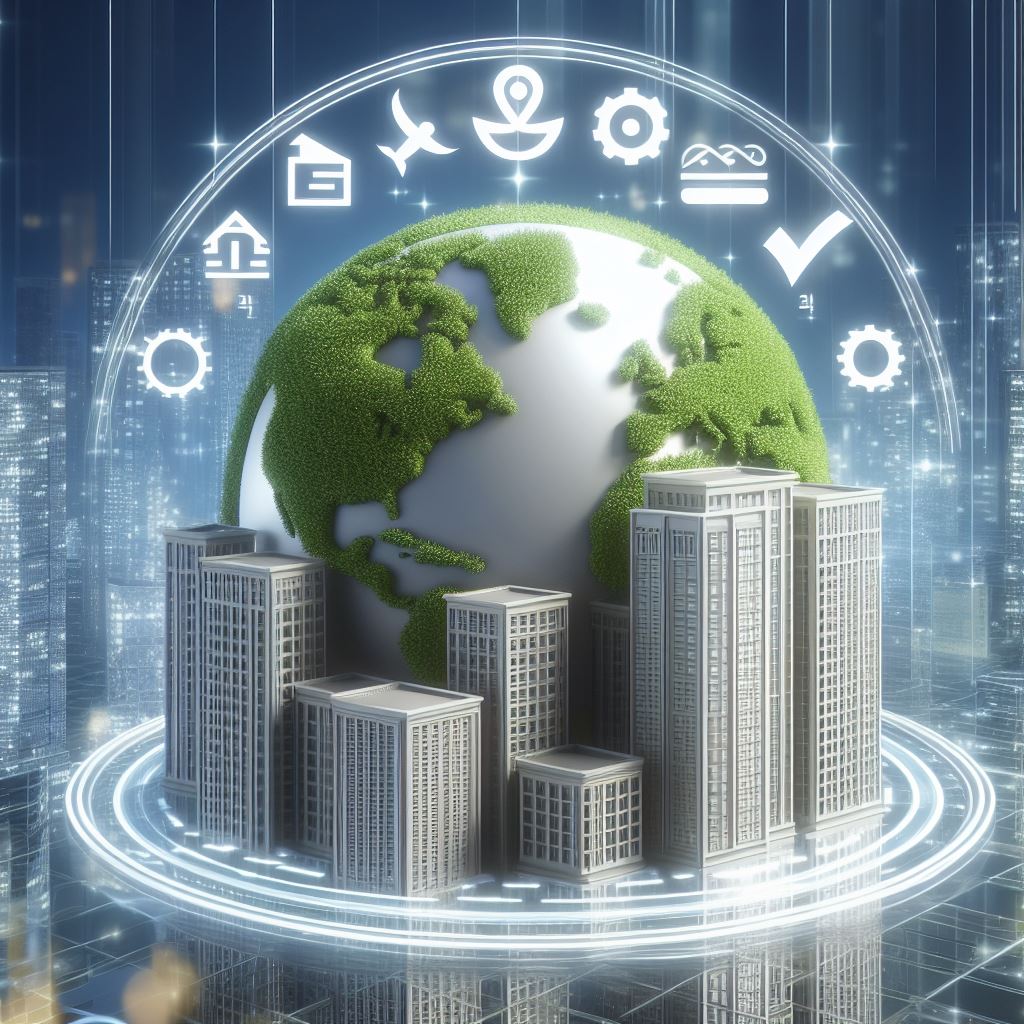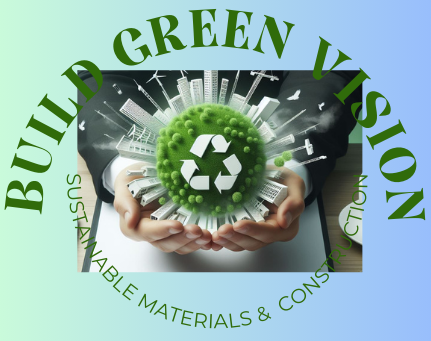
If you’re aiming to understand LEED Certification, you’re looking at the cornerstone of sustainable building. LEED, or Leadership in Energy and Environmental Design, offers a comprehensive framework for environmentally responsible building construction and operation.
The impetus behind LEED is pretty straightforward: to promote sustainable and eco-friendly building practices. I’m going to walk you through why it’s become such an influential standard in the building industry. It’s not just about reducing carbon footprints; it’s also about improving the quality of life for occupants, and often, reducing operational costs.
Since its introduction by the U.S. Green Building Council (USGBC) in the 1990s, LEED has undergone significant developments. These standards have been rigorously updated to keep pace with the evolving sustainability targets and technological advances in building science.
There are four levels of certification under the LEED umbrella — Certified, Silver, Gold, and Platinum. Each level corresponds to the number of points a project earns across several sustainability categories such as energy efficiency, water usage, materials, and indoor environmental quality.
Adopting LEED standards has a broader implication than most realize. By following these guidelines, projects contribute to more sustainable urban spaces and, ultimately, to a healthier planet. That’s going to include everything from reduced greenhouse gas emissions to a stronger focus on renewable energy sources.
Transitioning to the nuts and bolts of how to achieve such accreditation, the next section delves into the LEED Certification process. It’s a roadmap of thoughtfully considered steps designed to ensure your project aligns with the highest principles of environmental stewardship.
The LEED Certification Process
If you’re looking to understand how a building achieves LEED Certification, you’re in the right place. The journey toward certification is meticulous, but I’m going to walk you through it, ensuring you’ve got a clear picture of what to expect.
Initially, your project must meet the essential prerequisites for the chosen rating system. These are non-negotiable standards that cover areas such as water efficiency, energy, and atmosphere. After this, you’re going to have to aim for points across various credits like innovation, design, or regional priority.
Next up, you should consider working with a LEED Accredited Professional (AP). This expert will guide your project, maximizing your shot at achieving the right points for certification. You can think of a LEED AP as your sustainability sherpa \’ someone with the know-how to advise on eco-friendly practices and navigate the certification’s complexities.
Compile your documentation carefully \’ LEED is pretty strict about proving your building’s green cred with performance data and compliance forms. This isn’t just a formality, it’s a rigorous process to ensure your building stacks up against some of the highest sustainability benchmarks.
Last but not least, submitting your project for review by the Green Building Certification Institute (GBCI) is crucial. They’re the gatekeepers who will scrutinize your submission, ask questions, and finally, decide if your building has what it takes to be LEED Certified.
Benefits and Challenges of LEED Certification
Let’s take a closer look at what you stand to gain with LEED Certification. Buildings that achieve this certification often experience increased market value and attract more attention from eco-conscious tenants and buyers. But it’s not just about prestige; energy efficiency can translate to significant cost savings over time.
LEED-certified buildings are designed with human health in mind, offering improved indoor air quality and more natural light. These factors contribute to the well-being and productivity of occupants. For businesses, this can mean happier employees and potentially, better overall performance. Tax incentives and grants are also available in many areas to offset the initial investment in LEED strategies.
Several success stories showcase the tangible benefits of LEED: from office buildings that reduce energy costs by up to 30%, to schools that provide a healthier learning environment for students. These examples not only demonstrate the rewards but also set a precedent for future sustainable construction projects.
However, obtaining LEED Certification comes with its challenges. Critics argue that the initial costs can be prohibitive, and the return on investment can vary. The certification process itself is rigorous and can seem daunting, requiring meticulous attention to detail and extensive documentation.
Moving forward, it’s crucial to balance the immediate benefits with the long-term vision of sustainable building. As LEED standards continue to evolve, anticipating the complexities of future requirements is a must. The implementation of cutting-edge technologies and the continuous improvement of construction practices hold the potential to shape an increasingly sustainable and resilient built environment.
Maintaining and Upgrading LEED Certification
You’ve made it to the home stretch – securing LEED certification is just the beginning. Maintaining your building’s certification is crucial for continued sustainability and gaining the long-term benefits of being LEED certified. Regular performance checks, staying on top of updates to LEED criteria, and re-certification at intervals ensure your building remains efficient, healthy, and sustainable.
Let’s talk strategy. You have to proactively manage your building’s resource consumption, waste production, and overall environmental impact. This means monitoring energy and water usage, ensuring waste is properly sorted and recycled, and keeping indoor environmental quality high. Small changes and optimizations play a big part in this.
Now, if you’re looking to go the extra mile, upgrading your certification can be a real game-changer. Moving up from Certified to Silver, Gold, or even Platinum can not only boost your building’s value but also demonstrate a deep commitment to the highest sustainability standards.
For existing buildings, the LEED O+M rating system is designed to keep your building at the forefront of sustainable operations. It’s not just about holding on to the status quo; it’s about embracing continuous improvement and adapting to the latest in green technology and practices.
It’s an exciting time for sustainable development. Technology is rapidly evolving, and policies are shifting to support greener buildings. Staying informed about these changes can make maintaining and upgrading your LEED status easier and more impactful. Sustainable building isn’t a destination; it’s journey, and LEED certification is a crucial part of that ongoing process.
